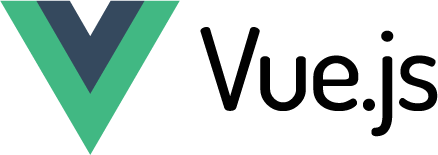If you have a software project in mind, you might be wondering what kind of developer you should seek out or which technologies would be best to leverage for your specific needs.
Creating dynamic, responsive, and efficient web applications demands a strong understanding of modern frameworks and libraries. When it comes to web apps and frontend development, there are dozens of frameworks out there, but the 3 most popular based on JavaScript (or TypeScript) are: Angular, React, and Vue.
In this article, we’ll explore these three popular front-end frameworks and libraries, breaking down their key features, use cases, and helping you understand which might be the best choice for your next project.
React

React is one of the most popular and widely favored by developers today and it has unique characteristics that make it ideal for certain projects, as we’ll explore further below.
Created by Facebook in 2013, React is a JavaScript library designed to build user interfaces, particularly single-page applications (SPAs). Its primary focus is on creating reusable UI components, which are small, isolated pieces of code that return elements to be rendered to the page.
Key Features of React:
When to use React
React is ideal for applications that require high interactivity, dynamic UIs, and scalability. It is widely used in:
Popular companies like Facebook, Instagram, and Netflix rely on React for their front-end needs.
Angular

Developed by Google in 2010, Angular is a complete framework for building web applications. It is well known for its component-based architecture and ease of maintenance. Unlike React, which focuses primarily on UI components, Angular provides a full set of tools, including routing, state management, HTTP services, and form handling, making it a one-stop-shop for developers building large-scale applications.
Key Features of Angular:
When to use Angular
Angular is a great choice for building enterprise-level applications that require complex functionalities. It's particularly suited for:
Vue.js

Vue.js is often seen as a middle ground between React and Angular, providing a blend of flexibility and simplicity. Developed by Evan You in 2014, Vue.js is designed to be incrementally adoptable, meaning it can be used to enhance existing projects without needing to be fully integrated into a new framework.
Key Features of Vue.js:
When to use Vue.js
Vue.js shines in progressive web applications (PWAs) and situations where developers need a fast, lightweight solution with flexibility. It’s also a great choice for:
Companies like Alibaba and Xiaomi use Vue.js for its balance of power and simplicity.
Which Framework Should You Choose?
Selecting the right front-end framework is essential and should be based on your project's unique requirements and your team's technical expertise.
At BitStone, we assess these factors to recommend and implement the most effective solution, ensuring your application is both robust and scalable.
In the end, there’s no one-size-fits-all solution, and the right framework or library will depend on your project’s scale, complexity, and the specific requirements of your team.
Whether you prioritize flexibility, performance, or enterprise-level capabilities, React.js, Angular, and Vue.js each offer unique advantages and are suited to different use cases and development preferences.
By assessing their features, performance, ecosystem, and popularity, you can make a well-informed choice that best aligns with your project's objectives.

